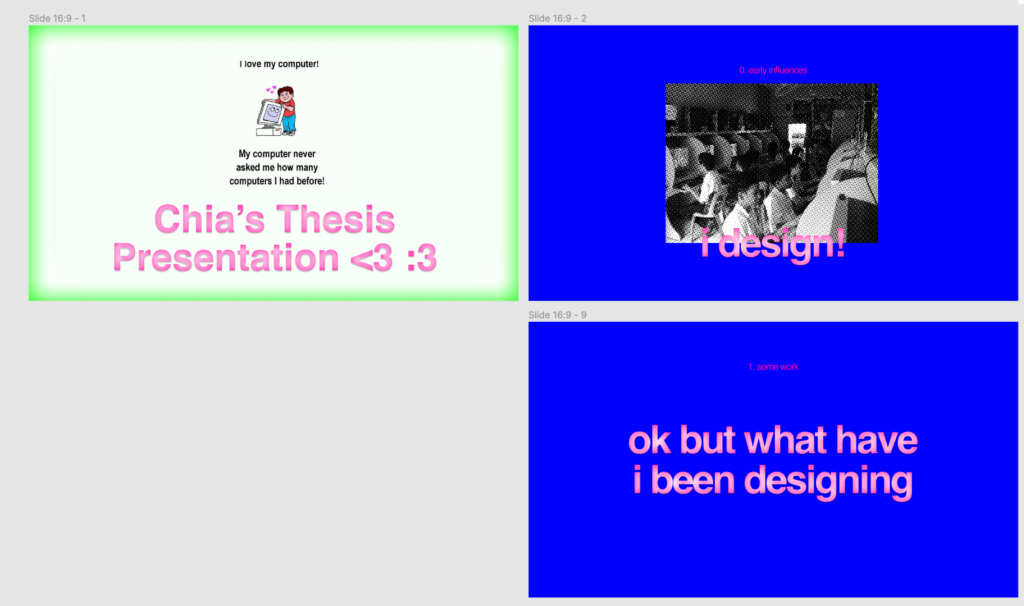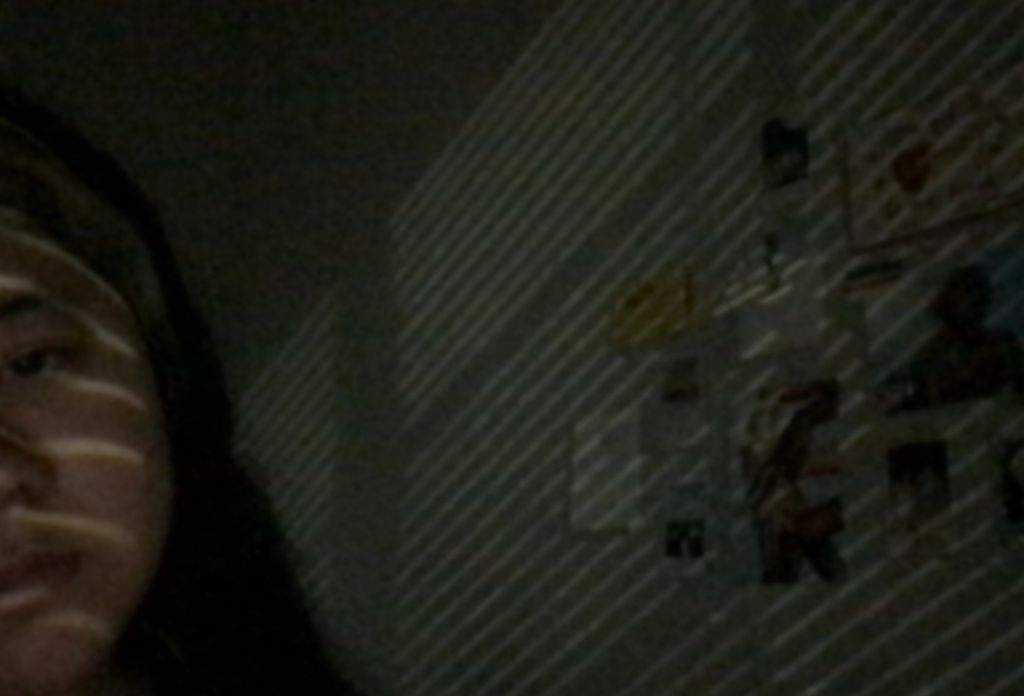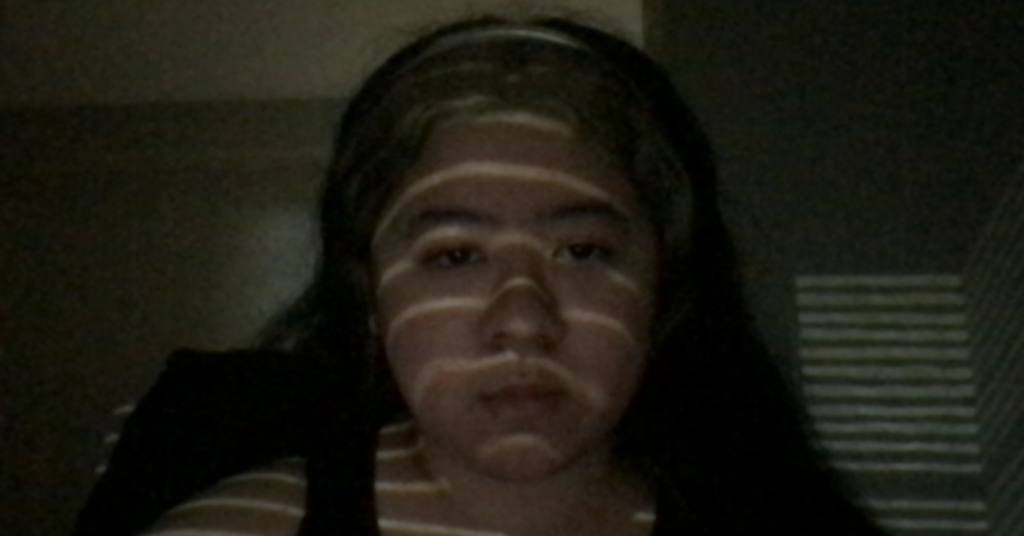- rushing to the art school, back to my apartment
- calves on fire
- redefining what community is, again and again
- feeling emotions beyond stress(!!!!), almost to the point that it’s scary
- where no one else can embrace you, the wall with your memories and your work offers respite — like, in material form, all the people you love embrace you in memory
- swaying on the sticky floor of the Orville Peck show, where some dudes in front of you offered a better spot because he spilled beer all over himself
- watching said dude ask the girl next to you if she wanted to dance, and watching him get rejected as she replied “i’m gay” at a thousand decibels
- comcast support agent randomly pasting in SufjanStevens at the end of ur convo
- in the midst of a crowd of late 20s gays/theys on the state house, back after years, taking in insane experimental sets
- checking 5 beers off their draft selection in one night, all but 2 tasted terrible; beer is still pretty good though
- 5-hour long calls with friends you love, nearly every day
- your sister asking you if calling you sister is still okay (it still is)
- reserving tables in starbucks at 6am, morning dew, the peppy voice of the barista, thank yous and surprisingly long conversations
- a24 soap?
- dying over angel olsen’s spring––non-stop, sobbing, in the middle of the day

- more people in a week than you have in a year
- laughing so hard that you don’t know how to do ur makeup so that ur eyeliner doesn’t run (this was never a problem before)
- baby blue / sage green nail polish days
- knowing that “comphet” is not an are.na channel, yet
- kid dakota signed vinyl, your most treasured thing
- sleeping in a room you couldve only dreamed of as a kid
- setting off the fire alarm in centuries old buildings
- camel blues again after a long while
- mashed potato pizza sounding disgusting but actually being quite great
- bruises and blood all over your hands, sponsored by ikea; splinters and cuts so beautiful and handcrafted and not out of destruction but out of creation
- rereading my call me by your name review; how loaded and desperate and true and desperate and desperate and desperate am i?
★★★★★ Rewatched by Chia Amisola 15 May 2021
never looked up anything about the movie, just let it sit with me. patient because love is so. subtle because love is so. suddenly caught what elio scribbles down on brown sheets – “i thought he didn’t like ME”, oliver, oliver, elio elio elio elio scribbled, rotting, frantic… i first watched this when i was as old as elio in the movie and thought he was some bolder, mature genius. now suddenly he seems so precocious, so like who i was, so desperate & nervous, so careful, so self-aware, far from realizing that he will never feel this way in life again…
looking over the star of david, biting the star of david, i love you in a way that is godlike. i know you, in the way i am everywhere at once, in the way that i know everything i don’t. that the world we believe in is the same one. (it could be if we allow.) or when elio grabs oliver’s crotch, and then oliver lifts loose fabric to show his wound again and again, and oliver creates space, and sticky hands wiping each other’s body’s off on dusty bedsheets / bare chests – study the etymology of ‘apricot’, live in its summer, “why are you hurting me”. and then the relationships we hold on to empty for something truer; i sleep with someone else for reaction, affirmation, maybe validation, mostly for stability with the world––then i have the whole of you for myself.
or at piave. “how could they hear each other?” when so far away and you realize they really weren’t. “you know what things,” whispered. i must admit things at a distance. i must wait for you in the same place every night and this indirectness will stand… until the story of the knight is read as he rests on his mother’s lap. i tell you what i know of the world. i’m stupid and anxious and it repeats and it repeats all over, there is nothing to save me from this moment and everything is up to you. “because i wanted you to know because i wanted you to know because i wanted you to know.”
and he bikes forward, leading, for the first time
- crying over text
- buying a macbook while yours is in repair just to return it before 14 days
- plans with internet friends that youre making real
- having a group of people to say good morning and good night to again. when was the last time there were people who cared about when you drifted off, and if you ever would wake up again? maybe it was when i was 16. now i know there are.
- the light shining through my blinds, i am never alone.
- unpacking life bit after bit
- getting lucky with A24 MYSTERY MUGS: MIDSOMMAR (ok), UNCUT GEMS (Yes!), THE LIGHTHOUSE (YES TO HOMOEROTIC WILLEM DAFOE / EDWARD CULLEN)
- refreshing depop every day for some fucking twilight merch –– it’s impossible, truly, i just want a shitty twilight hoodie. somehow hot topic still stocks the twilight zone, but not twilight…
- treating others loving the things i love as a good thing.
- spending an entire night reading about birds and extinction and the politics of bird sightings. crying over sufjan stevens’ ‘lord god bird’ tribute. the best thing humans do is memorialize. our lives are so fleeting, but we pass on, remember
- dreaming about minecraft youtuber georgenotfound (watched like, 2 videos on him months ago; specifically one where he was telling, very badly, a story about how he and his friends accepted some tacos or something from a delivery driver that mistook their house as the addressee and how they ate it all and hid–decided he was boring, even if he was average white guy twink hot) in some capacity
- blisters at the back of your heel bursting
- phoebe bridgers’s garden song makes sense!
- back and forth HEAVING, carrying everything you own in luggages from airbnb to apartment, laughing the whole way while your friend fawns over an ex and tells you, for three straight hours, how much they believe in you
- sharing location for the first time
- seen, loved
- thesis presentation! went really well, never more moved

- just genuine, sincere awe at how many people are so, so kind to you, even when it is not necessary.
- the world unforgiving––but not the people. not these ones, at least.



